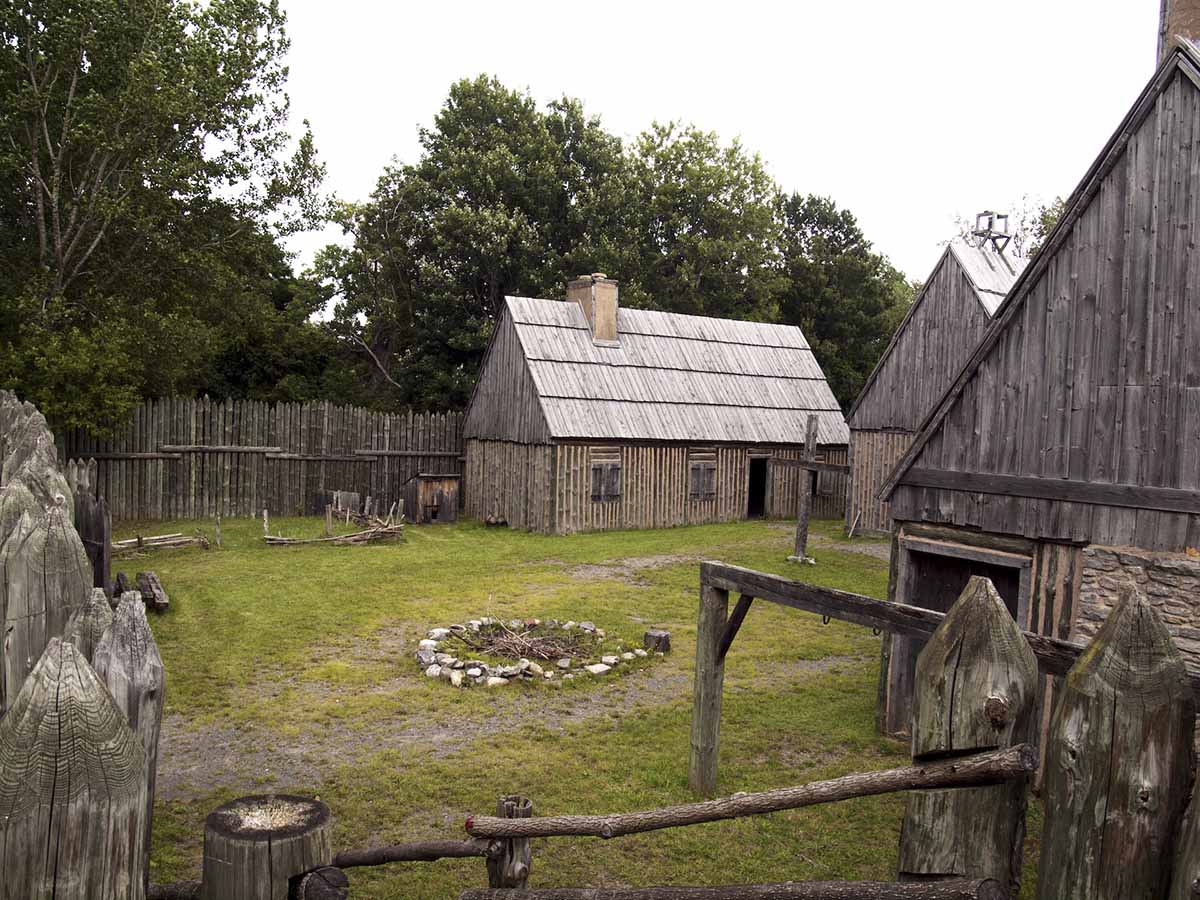Federal Anti-Indian Law: The Legal Entrapment of Indigenous Peoples by Peter d’Errico
Chief Justice Marshall constructed federal anti-Indian law in three early nineteenth-century cases. First came Johnson v. McIntosh (1823), a property law decision declaring that Native peoples did not own their lands after they had been “discovered” by Christian colonists. The second was Cherokee Nation v. State of Georgia (1831), which stated that Native nations were not independent of the United States and Native peoples were subject to U.S. “guardianship.” The third, Worcester v. State of Georgia (1832), declared “U.S. ultimate dominion” over all Native peoples and lands.
As the legal historian Paul Finkelman explained, “Marshall’s years on the court . . . coincided with a relentless push to remove Indians from the eastern part of the United States. Thomas Jefferson developed the idea of Indian removal. Under James Madison and James Monroe, the nation’s policy of war and removal devastated the southeastern Indians. President Andrew Jackson continued these policies. Marshall’s decisions in Johnson and Graham’s Lessee v. M’Intosh, . . . Cherokee Nation v. Georgia, . . . and Worcester v. Georgia . . . provided the legal basis for taking all land from Indians.”
SUGGESTED CITATION
Peter d’Errico, "Federal Anti-Indian Law: The Legal Entrapment of Indigenous Peoples by Peter d’Errico," Doctrine of Discovery Project (10 March 2023), https://doctrineofdiscovery.org/blog/canopy-series-federal-anti-indian-law/.
Donate today!
Open Access educational resources cost money to produce. Please join the growing number of people supporting The Doctrine of Discovery so we can sustain this work. Please give today.

